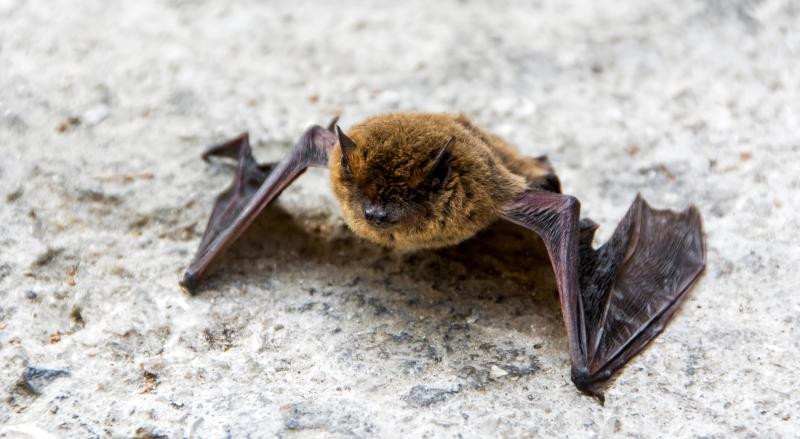
Breeding
Mating occurs in September through to November, and a single pup is born in the following June or July.
Where do they live in the Forest?
Widespread throughout the Forest.
Natural predators
Birds of prey such owls which are active at night when bats are flying.
Spotting tips
These are our most common bat and you are most likely to spot one flying at dusk between April and November. The best time to see them is when they emerge around 20 minutes after sunset. They have a fast, erratic flight, twisting and turning as they catch and eat insects on the wing.
Not to be confused with
The Soprano and Nathusius’ pipistrelle bat.
Conservation Status
Protected in the UK under the Wildlife and Countryside Act, 1981. European Protected Species under Annex IV of the European Habitats Directive.
How you can help
One of the biggest threats to all bat species is the loss and fragmentation of habitat. One way you could help is to become a Friend of the Forest and support our work creating and maintaining habitats for wildlife.



